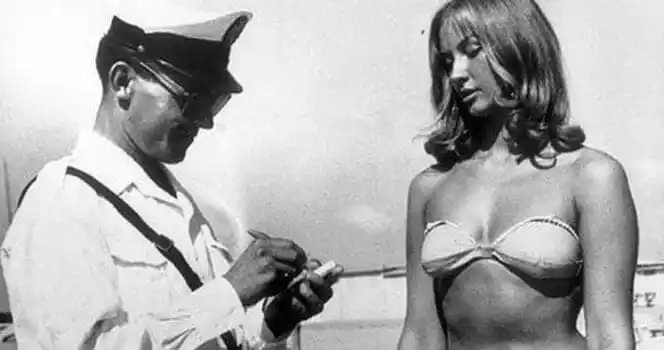The evolution of women’s swimwear tells a powerful story of female liberation. What began as heavy woolen dresses covering every inch of skin transformed into today’s diverse range of swimsuits through decades of courageous women challenging societal norms.
In the early 1900s, beach police patrolled shorelines with tape measures, ensuring no woman revealed her knees or elbows. Australian swimmer Annette Kellerman shattered these conventions in 1907 by wearing a fitted one-piece – and legend says she was arrested for it. Her bold choice sparked a revolution that would eventually free women from oppressive swimwear restrictions.

The real game-changer arrived in 1946 when French engineer Louis Réard introduced the bikini. Named after atomic bomb testing at Bikini Atoll, the scandalous two-piece exposed the navel for the first time. The backlash was immediate – banned on beaches worldwide, condemned by the Pope, and denounced as moral decay. But women kept wearing them.

Hollywood icons like Brigitte Bardot and Ursula Andress transformed the bikini from scandalous to glamorous in the 1950s-60s. Bardot’s film “The Girl in the Bikini” and Andress’s iconic Dr. No beach scene made two-pieces symbols of confident femininity rather than indecency.

Today’s swimwear landscape celebrates body diversity rather than enforcing modesty. From sporty one-pieces to daring cutouts, modern women choose swimsuits that express their personal style rather than obey outdated rules. The journey from woolen dresses to string bikinis mirrors women’s fight for autonomy over their own bodies.


